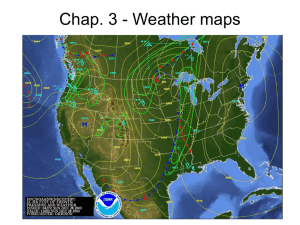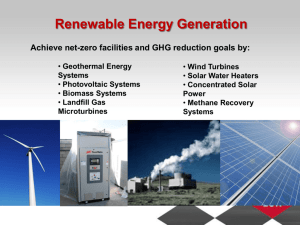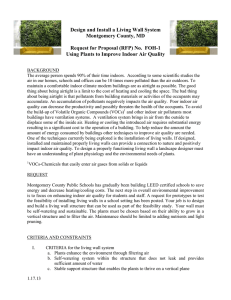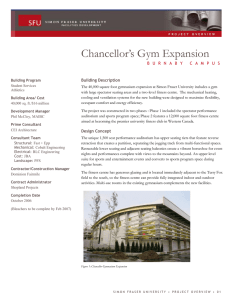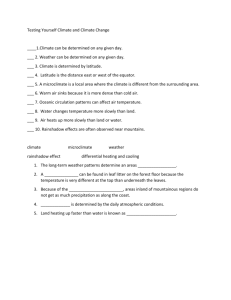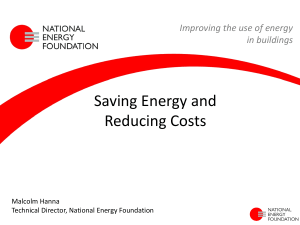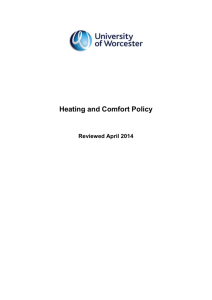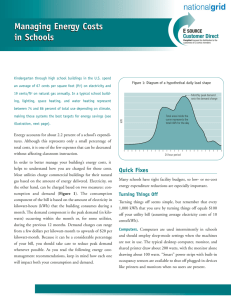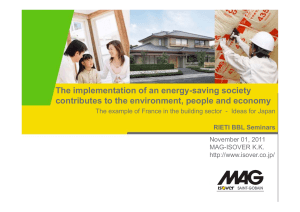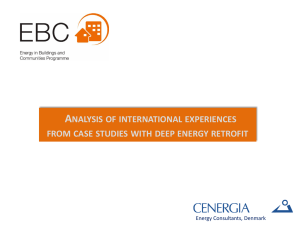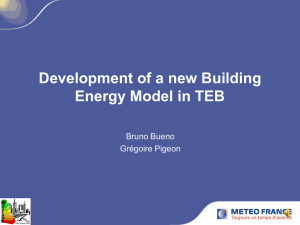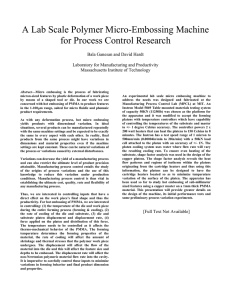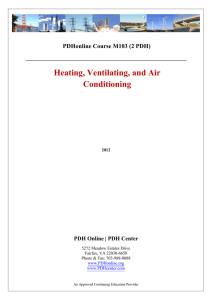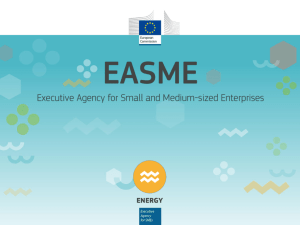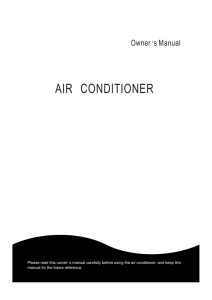4A_Presentation
advertisement
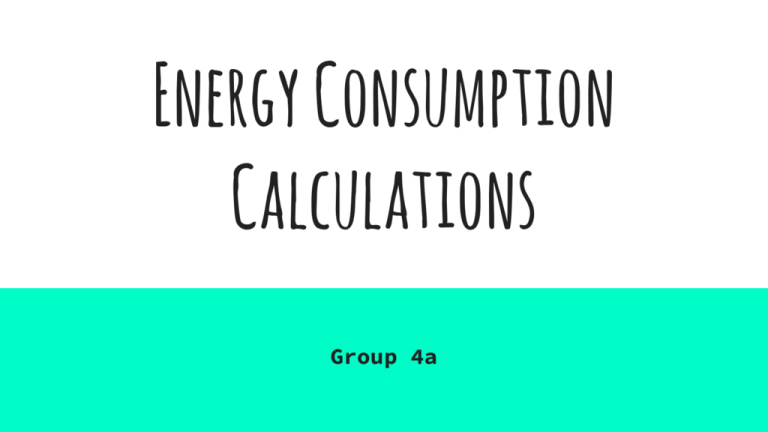
Energy Consumption Calculations Group 4a Contents 1. 2. 3. 4. Introduction Methods Tools Country specific variations a. Finland b. Other Nordic countries c. Italy 1.Introduction- Why calculate energy consumption? - EU (EU Energy Efficiency Directive (2012/27/EU) - Cost savings (during lifetime design process might be more costly... ) - Reduction of CO2 emissions 1.Introduction - Drivers for energy consumption - Demand for comfort levels - Time spent inside the buildings - Income growth - Building size and service demands - Energy prices - Energy efficiency of the building - Population growth - Climate - etc…. 2. Methods, Calculation by hand - E-value = kWh / m2 - Elements in the calculations: ● Water consumption and hot water ● Electricity consumption ● Energy consumption of air conditioning ● Thermal load of the building ● Energy efficiency of windows 2. Methods, Computer based simulation - Several different simulation programs - Inputs - Facility space information - Types of energy used - Time period and energy data - The costs associated 3. Tools 1/4: IDA-ICE - Dynamic energy simulation tool that can be used for calculating: ● total energy consumption / CO2 emissions ● energy balance & indoor air conditions ● heating, cooling & ventilation capacities - Owned and marketed by a Swedish company EQUA. - Based on building geometrical description, which can be brought from a drawing programme, e.g. AutoCAD Parameters (input) Results (output) 3. Tools 1/4: IDA-ICE Heat balance 3D model 3. Tools 2/4: RIUSKA - Also a dynamic programme that can be used for simulating energy consumption, indoor air conditions, heat losses and heating and cooling capacities. - Developed by a Finnish company Granlund, DOE-based. Linked with MagiCAD. - Based on building 3D model, which can be drawn with MagiCAD or brought from another programme - Parameters (structures, equipment, loads and schedules) determined by the user. 3. Tools 2/4: RIUSKA Yearly energy consumption Indoor air temperature for alternative windows and shades 3. Tools 3/4: CADS Planner Hepac - Finnish market leader of HVAC designing and documentation. - Data based modelling and calculation for ➢ ventilation ➢ heating ➢ piping ➢ building automation - 2D work drawings and 3D models. - Good tool to gather information needed for energy report and audit. 3. Tools 3/4: CADS Planner Hepac 3. Tools 4/4: EnergyPlus - U.S. Department of Energy’s building energy and performance simulation program. - For engineers, architects and researchers. - Modelling ● energy consumption for ➢ heating, cooling, ventilation, lighting ● plug and process loads 3. Tools 4/4: EnergyPlus - Console based program. - Energy plus doesn’t include ‘userfriendly’ graphical interface. - Output data for third-party graphical user interfaces ● DesignBuilder ● EFEN ● gEnergy ● N++ and lots more 4. COuntry Specific variations / Finland E-value is a constructive daily per capita consumption of purchased energy (kWhE/m2a) weighted by coefficients defined by the energy forms used. Coefficients for different energy forms (Finlex 2013): Electricity 1,7 District heat 0,7 District cooling 0,4 Fossil fuels 1,0 Renewable fuels 0,5 4. COuntry Specific variations / Nordic countries ● Calculation methods similar – only small differences ● Finland and Norway - Elemental approach ● Denmark and Sweden - Design value from delivered energy 4. COuntry Specific variations / sweden ● Swedish building code (BBR 2009) ● Standard depends on: - Climatic zones I, II and III - Non-electric or electric heating 4. COuntry Specific variations / italy Italian legislation : UNI/TS 11300 The limit of energy performance index is a function of: - Climate zone (A...F) - Volume of the building Software: EDILCLIMA EC700, Calculating the energy performance of buildings Thank you!

